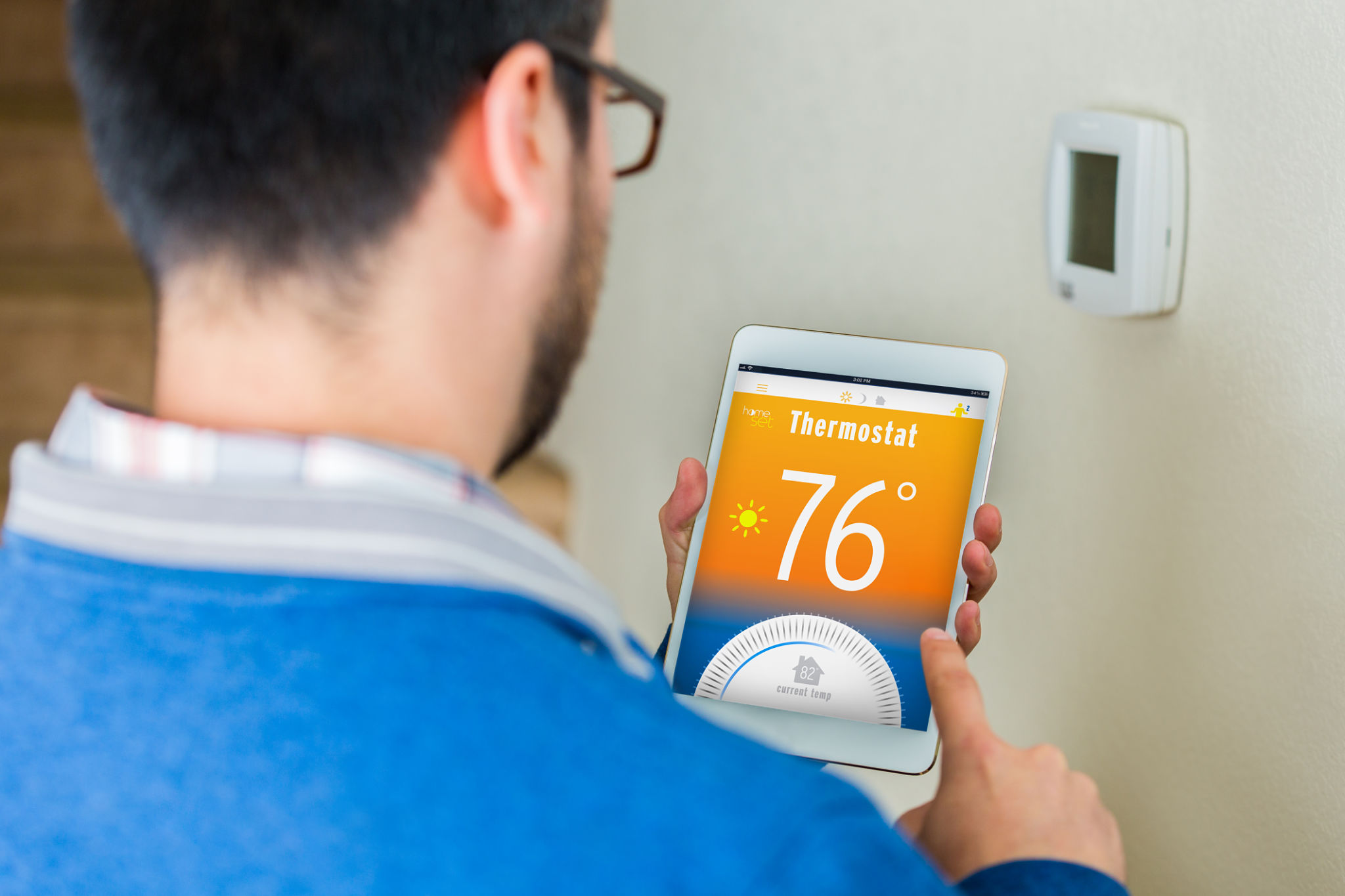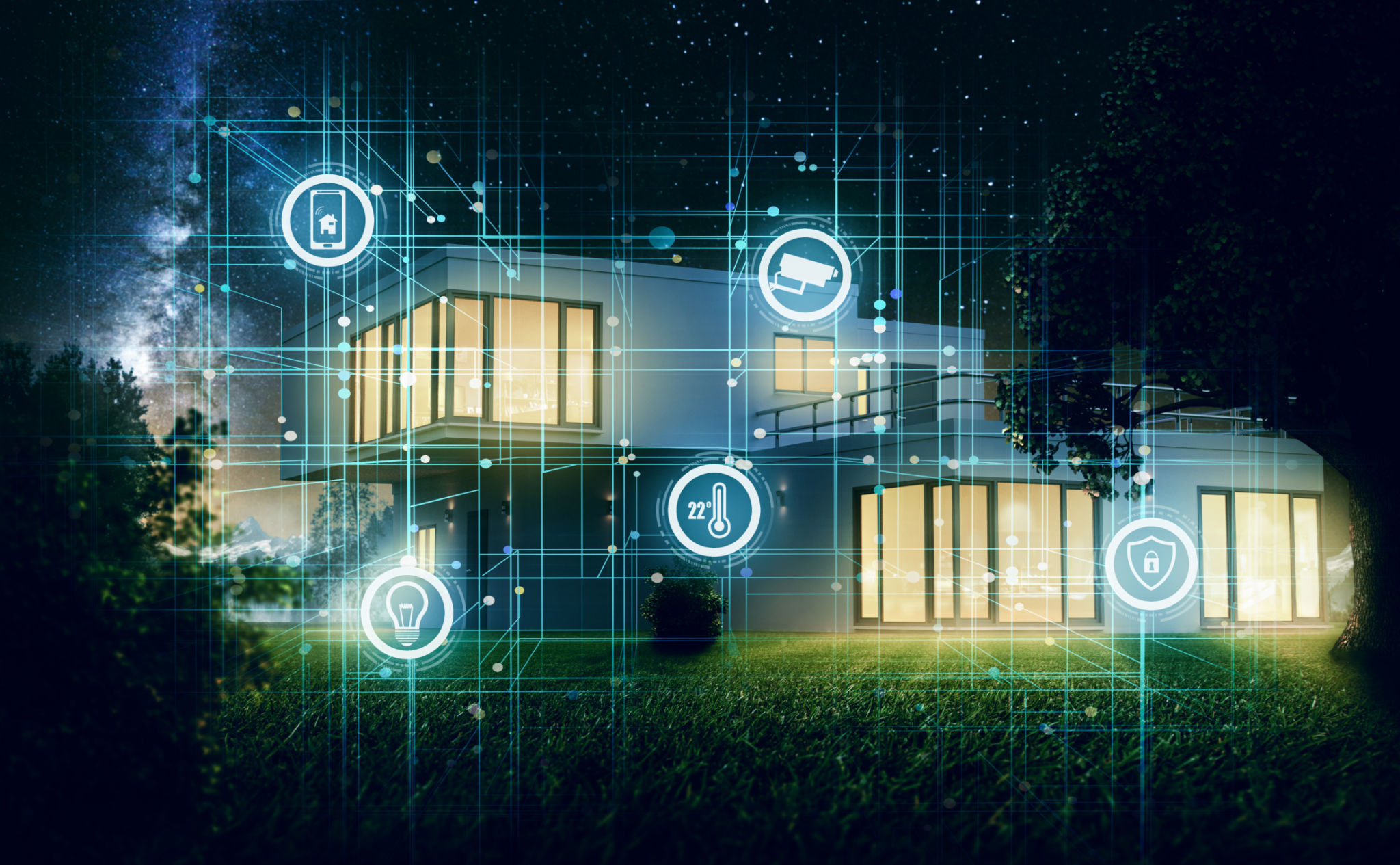Smart Home Integration in Texas: Transforming Your Living Space with Technology
Revolutionizing Homes in Texas with Smart Technology
The Lone Star State is known for its grand landscapes and sizable homes. But now, it’s not just the size that's drawing attention—it's the integration of smart home technology. Texans are increasingly embracing smart home solutions, turning traditional living spaces into futuristic abodes. With the ability to automate, control, and monitor various home systems, smart technology is redefining comfort and convenience.

Why Smart Home Integration?
Smart home technology offers numerous benefits that cater to modern lifestyles. Imagine controlling your home's lighting, temperature, and security with a simple voice command or a tap on your smartphone. These innovations not only simplify daily tasks but also enhance energy efficiency and home security. As energy prices soar, smart thermostats and lighting systems can significantly reduce utility bills by optimizing energy usage.
Moreover, the integration of smart security systems ensures that homes are better protected against intruders. With high-definition cameras, motion sensors, and automated alerts, homeowners can monitor their properties in real-time from anywhere in the world.
Popular Smart Home Technologies
Homeowners in Texas have access to a plethora of smart devices designed to make life easier and more enjoyable. Some of the most popular technologies include:
- Smart Thermostats: Devices like the Nest or Ecobee allow precise temperature control to ensure optimal comfort while saving energy.
- Smart Lighting: LED bulbs and fixtures that can be controlled remotely, offering customizable lighting settings for any occasion.
- Home Security Systems: Advanced systems that include cameras, alarms, and doorbell video feeds for enhanced security.
- Voice Assistants: Devices such as Alexa, Google Assistant, and Siri that can control other smart devices through voice commands.

Integration Challenges
Despite the many advantages, integrating smart technology into a home can present certain challenges. Compatibility between different devices is often a concern. Ensuring that all components work seamlessly together requires careful planning and sometimes professional assistance. Additionally, there can be a learning curve associated with new technology, especially for those not accustomed to digital interfaces.
Another critical consideration is data security. As these devices collect and transmit data, ensuring privacy and protection from breaches is paramount. Homeowners must stay informed about security updates and best practices to safeguard their systems.
The Future of Smart Homes in Texas
As technology advances, the potential for smart home integration continues to grow. Future innovations promise even more sophisticated systems that will further enhance the way we live. Artificial intelligence will likely play a significant role, learning homeowner preferences to provide personalized environments automatically.
The trend towards sustainable living also means that smart homes will integrate with renewable energy sources more effectively. This integration will contribute to eco-friendly practices while offering cost savings on energy bills.

Getting Started with Smart Home Integration
If you're considering transforming your Texas home into a smart haven, start by identifying your primary needs—from security to energy efficiency—and research compatible devices that address those needs. Consulting with a professional can provide valuable insights into creating a cohesive and efficient system tailored to your home.
By embracing smart home technology, you're not just upgrading your living space; you're investing in a lifestyle of ease, security, and sustainability. As more Texans adopt these innovations, the future of living in the state promises to be as bright as ever.
